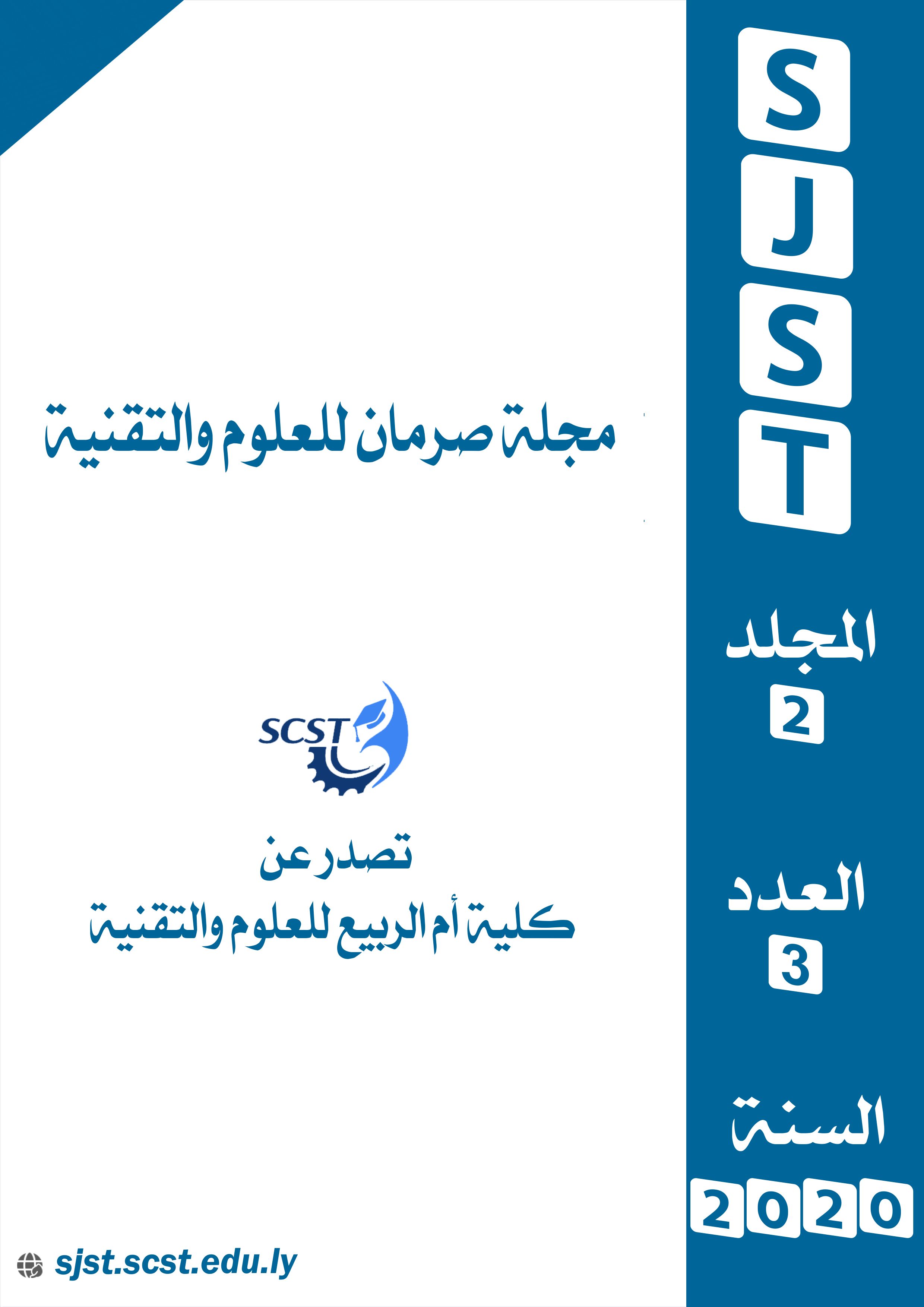Evaluation of Aggregate Gradation Effect on Rutting Performance of Hot Mix Asphalt (HMA) using traditional and Bailey methods
Main Article Content
Abstract
Many road pavement agencies have been using different methods for designing Hot-mix asphalt mixtures "Marshall , Super Pave , Hveem ,……,etc" and they are believing that fundamental changes must be made in the aggregate components of HMA to reduce rutting to tolerable levels. Properties of HMA such as stability, durability, and resistance to permanent deformation (rutting) can be largely affected by aggregate gradation. Hence, gradation is considered as one of the main properties of aggregate that influences the performance of asphalt pavement. However, other factors such as compaction efforts, bitumen content, and physico-chemical properties of asphalt cement have also some effects on pavement performance. The Marshall Mix design method involves selecting a trial aggregate gradations and Compaction level (number of blows). The trial aggregates gradation is mixed with varying percentages of asphalt cement and then compacted at specific temperature level fixed by viscosity. In Super pave mix design procedures, the volumetric mix design is conducted using trial and error aggregates blending process to find a mixture with the appropriate properties at the design compacting effort. So, it is necessary to evaluate the effect of aggregates gradation on the performance of HMA especially, permanent deformation and the most important necessary tool to develop method for designing asphalt mixtures that utilize aggregates interlock and aggregates packing to develop mixture that meets all volumetric criteria, and which is easy to construct and gives excellent performance. The primary objective of this research is to evaluate the effect of aggregates gradation on rutting performance of different asphalt concrete, and to evaluate the applicability of the “Bailey Method” in Egypt. Also results of stability, flow, stiffness index, and VMA were analyzed and correlated to permanent deformation (rutting) of the investigated mixtures. Using Bailey Ratios of all different blends "Bailey aggregate blends and Traditional blends" have been investigated to predict permanent deformation (rutting) for all specimens. To fulfill these objectives two types of aggregate blends were prepared. The first is named dolomite blends (DOL) were consisted of dolomite coarse aggregates, fine aggregate "natural sand" and mineral filler .The second is named limestone blend (LIM), were consisted of limestone coarse aggregates, fine aggregate "natural sand" and mineral filler. Different gradation types were used in this research included coarse, open and dense gradations. The total were twelve gradations, six gradations for DOL, and six for LIM, were blended using two methods, ten of these gradations were designed by traditional method "Trial and Error" and the remaining were designed by Bailey method. Only one type of asphalt cement, penetration with 60/70, was used in all mixes. Marshall Method was utilized to design the mixtures, and Wheel Tracking Test "WTT" was carried out to evaluate the rutting performance. The comparison between the obtained results was done, and then the conclusions and recommendations were drawn based on them.

